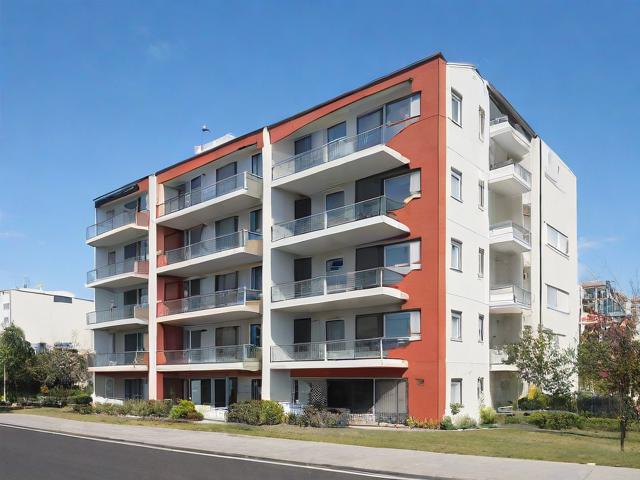本文目录导读:
- The Apartment as a Character
- Neighbors: The Unseen Chorus
- Solitude and Community
- The Transient Nature of Home
- Conclusion: The Stories We Carry
In the heart of every bustling city, behind rows of identical windows and uniform facades, lies a world of untold stories—apartment stories. These compact living spaces, stacked one atop another, are more than just shelters; they are microcosms of human experience, each unit a stage for joy, solitude, love, and struggle. The apartment, as a setting, encapsulates modernity’s paradox: proximity and isolation, community and anonymity. This is the essence of the apartment story—a narrative woven from the threads of urban life.
The Apartment as a Character
Every apartment has its own personality. The creak of the floorboards, the way sunlight slants through the blinds in the afternoon, the lingering scent of last night’s dinner—these details shape the atmosphere of a home. Some apartments feel alive, filled with laughter and music; others are silent, their walls holding secrets. In literature and film, apartments often serve as extensions of their inhabitants. Think of Holly Golightly’s barely furnished flat in Breakfast at Tiffany’s, reflecting her transient existence, or the claustrophobic tension of Harry and Ed’s shared space in The Odd Couple. In real life, too, our living spaces mirror our inner worlds—cluttered minds find solace in minimalist decor, while vibrant personalities splash color across every surface.

Neighbors: The Unseen Chorus
One of the defining features of apartment life is the unavoidable presence of neighbors. Through thin walls, we catch fragments of their lives—a baby’s cry, a couple’s argument, the hum of a late-night TV show. These sounds form an invisible web of connection, yet we rarely know the people behind them. The apartment story thrives on these near-misses: the woman who always takes the elevator at the same time as you but never speaks, the man who plays piano beautifully on Sundays. In films like Rear Window or Rosemary’s Baby, the apartment building becomes a stage for suspense, where every neighbor is a potential suspect or ally. In reality, these fleeting interactions remind us of the strange intimacy of urban living—close enough to hear a stranger’s life, yet distant enough to remain mysteries.
Solitude and Community
Apartments embody the modern struggle between solitude and community. For some, they are sanctuaries—a retreat from the chaos of the city. For others, they are lonely cages, especially in a world where remote work and digital connections replace face-to-face interaction. The pandemic magnified this duality; apartments became both safe havens and prisons. Yet, even in isolation, the apartment story persists. A balcony concert during lockdown, a note slipped under a neighbor’s door, a shared laundry room conversation—these small moments stitch together a sense of belonging.
The Transient Nature of Home
Unlike houses, which often symbolize permanence, apartments are transient by nature. People come and go, leaving behind traces—a scratch on the floor, a patch of paint where a picture once hung. This impermanence makes apartment stories bittersweet. A young professional’s first solo apartment marks independence; an elderly tenant’s rent-controlled unit holds decades of memories. In The Apartment (1960), Billy Wilder explores this theme through C.C. Baxter, who lends out his home for others’ affairs, only to realize his own loneliness. The film, like many apartment stories, asks: What does it mean to truly inhabit a space?
Conclusion: The Stories We Carry
Every apartment is a vessel for stories—some whispered, some shouted, some never told at all. They are places where lives intersect briefly, where personal dramas unfold unseen. The apartment story is universal because it reflects the human condition: our need for shelter, our hunger for connection, and our quiet resilience in the face of urban anonymity. Next time you pass a lit window at night, remember—someone’s story is unfolding behind it, one room at a time.
(Word count: 852)
This piece explores the emotional and narrative weight of apartment living, blending cultural references with universal themes. Let me know if you'd like any adjustments!









